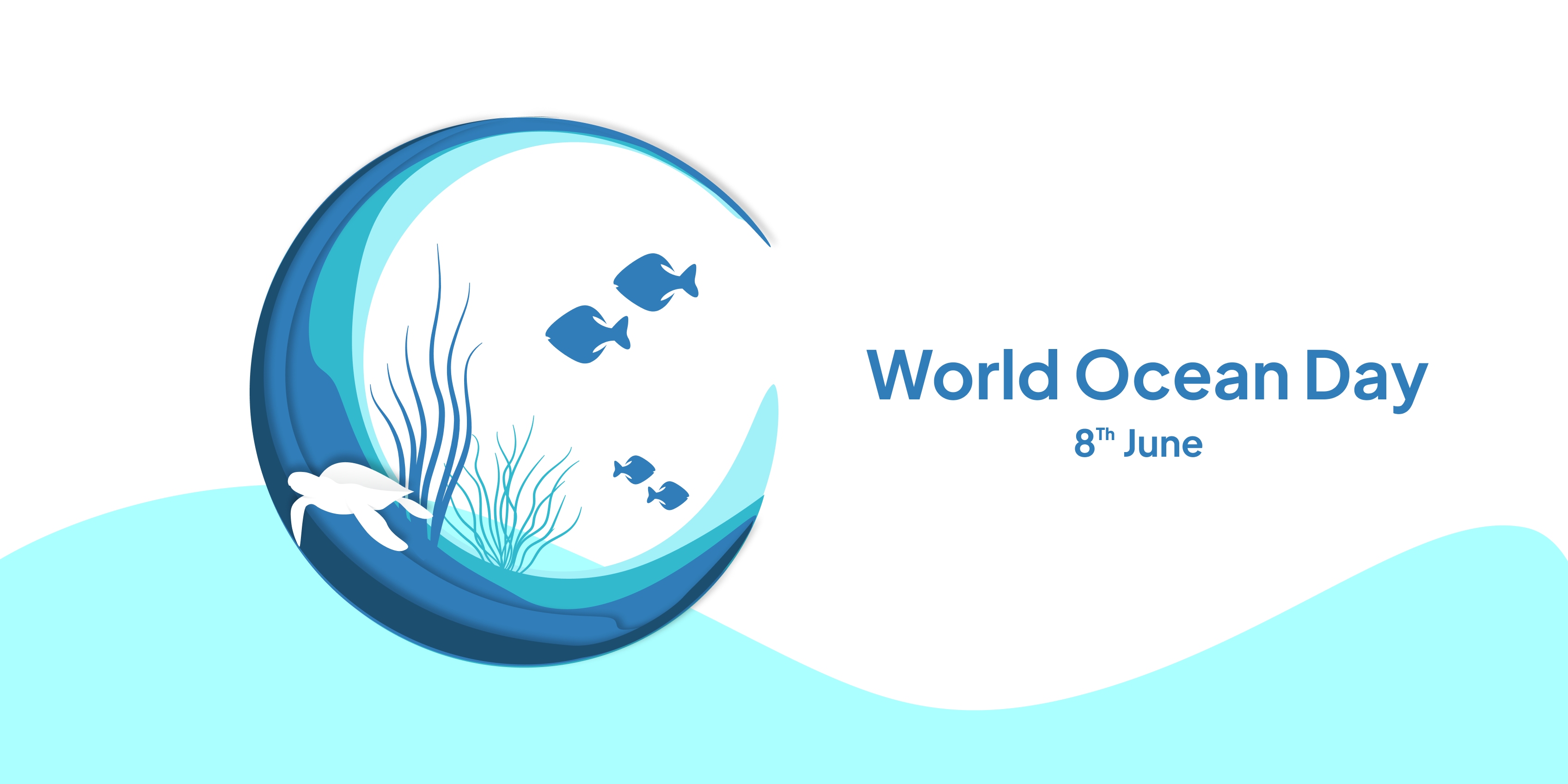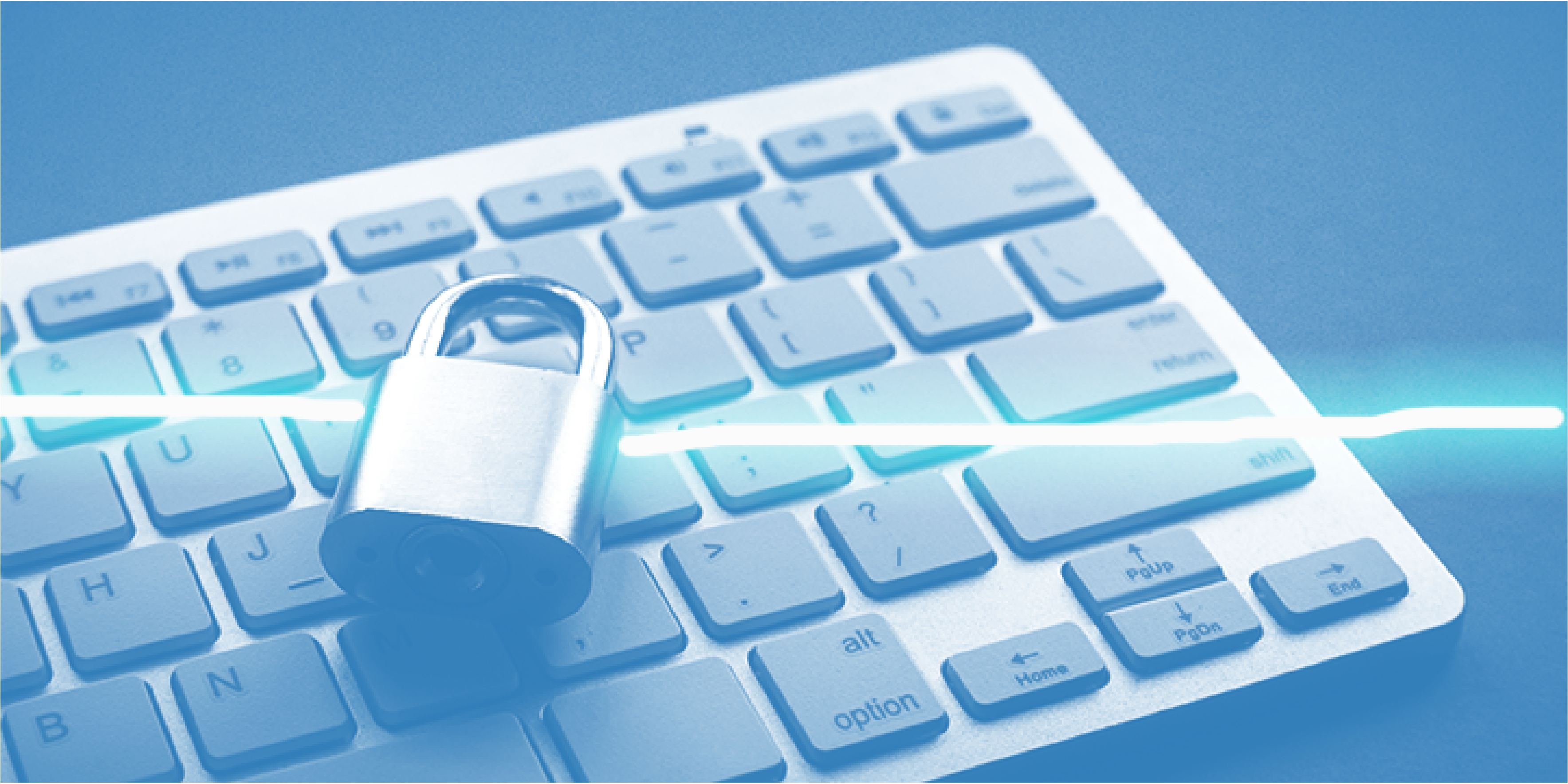
4 Ways to Safeguard Oceanic Data on World Oceans Day
By Agastya W.
Published on June 8, 2023
When Is World Oceans Day?
8th June is known as world oceans day. It reminds us how oceans are a crucial part of our world.
This event is held in more than 140 countries with 2000+ events around the world. With the hashtag #TogetherWeCan, participants show their engagement on social media.
The question is, how do they celebrate the world oceans day?
How to Celebrate World Oceans Day?
To join this event, everyone can participate in a few ways such as attending a talk show, cleaning the beach, avoiding the use of single plastic, or avoiding consuming seafood.
On the other hand, Jaybod also would like to take part to remind everyone about the correlation between oceans and technologies.
How To Safe Oceanic Data
Besides celebrating the beauty and significance of the marine environment, it is important to understand the role of IT security in safeguarding oceanic data.
Following are four ways to protect digital information related to our oceans.
1) Navigating the Digital Currents:
Maritime activities are challenging. They are responsible for protecting the land from hurricanes, tsunamis, and tidal surges.
Because a real time access to oceanic data is required for marine research, environmental monitoring, climate modeling, and biodiversity protection. If not, the consequences will jeopardize human lives.
This is where IT takes the lead. By implementing cloud computing systems in the maritime, it will give accurate data.
Furthermore, a high level of security system will prevent data theft, breaches, or unauthorized access to data.
2) Anchoring Data Integrity
To maintain the accuracy and integrity of oceanic data, it should be measured by the system. These are the key practices for securing oceanic data.
- Data Encryption:
Safeguarding confidential oceanic data during storage and transmission to prevent unwanted access.
- Access Control and User Authentication:
Controlling data from everywhere with authentication mechanisms is necessary. To keep the integrity of data while modifying oceanic data will improve the flexibility of maritime work.
- Secure Data Transmission:
Transferring oceanic data without the interruption of the outsider will prevent data hacking or data theft.
3) Cyber Threats on the High Seas
Secure oceanic data from cyber attacks with.
- Intrusion Detection and Prevention System – Identify and mitigate potential cyber threats right away in real time.
- Security Audits and Vulnerability Assessments – Do assessments frequently to ensure the weaknesses in systems and networks that handle oceanic data.
- Incident Response Planning – Cyber incidents can happen at any time. Improve oceanic data management in order to respond to an emergency situation.
4) Collaboration and Awareness:
Encouraging collaboration between oceanic researchers, environmental organizations, and IT security experts is required to safeguard oceanic data. Initiating workshops, partnerships, and seminars will enhance cybersecurity knowledge and practice in the marine community.
Protecting Our Oceans
Finally, everyone may participate in World Oceans Day by taking action or signing a petition. However, acknowledging the need of securing maritime data in the digital age is necessary.
“By implementing IT security, maritime can ensure the integrity and security of oceanic data. ”
Let’s protect our oceans for future generations.


